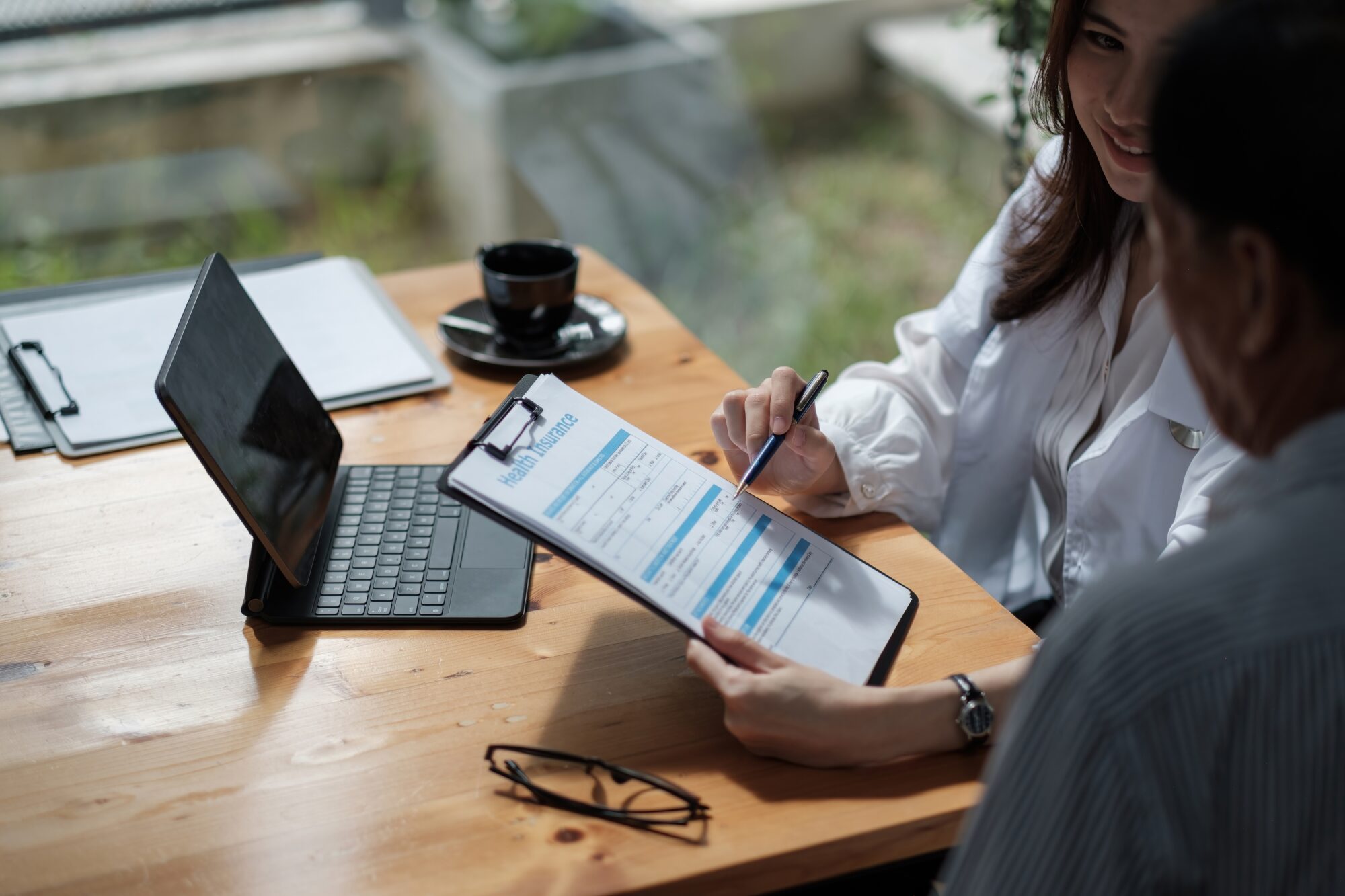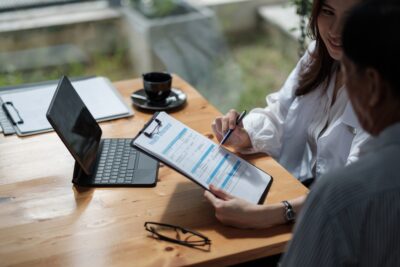Main content
Insulin is an interesting medicine. It was discovered over 90 years ago yet the life expectancy today for a child with Type 1 diabetes in Sub-Saharan Africa is as low as one year. (1) About 100 million people worldwide need insulin to manage their diabetes. However, more than half of these people cannot afford and/or access this essential medicine. This was illustrated in a 2013 survey in Burundi undertaken using the World Health Organisation (WHO)/HAI medicine price and availability methodology. (2) In public sector facilities, the mean availability of regular human insulin 100IU/ml was only 17.4%. When available, the lowest paid unskilled government worker would have to work about 6 days to pay for one 10 ml vial (excluding other costs such as syringes, blood glucose monitoring, consultation etc.). Accessing this insulin in other sectors would be even more challenging, as availability was only 7% in private pharmacies and 0% in mission facilities.
This situation is not specific to Burundi. Poor insulin availability and/or unaffordable prices are found in other low- and middle-income countries. The problem also exists for other non-communicable disease (NCD) medicines, which led the WHO to set a voluntary target of 80% availability of affordable medicines, including generics, to treat major NCDs in the public and private sectors of countries by 2025. Much needs to be done, at the global and national levels, for this target to be met for insulin.
To address inequities and inefficiencies in the global insulin market, the barriers to accessing insulin must be identified. Unlike many other medicines for NCDs, the global insulin market is dominated by only three manufacturers (99% by value and 96% by volume), namely Novo Nordisk, Eli Lilly and Sanofi-Aventis. Is this lack of competition a factor? Are mark-ups, taxes, tariffs and other ‘add-on’ charges in the supply chain resulting in high insulin prices for patients? Is it that insulins are not included in national Essential Medicines Lists so they are not procured by governments? Is need not being accurately assessed? Is it that governments are buying higher-priced analogue insulins instead of human insulin?
These and other issues regarding the global insulin market are currently being studied by HAI, David Beran (Geneva University Hospitals and University of Geneva) and Richard Laing (Boston University School of Public Health) in a project entitled ‘Addressing the Challenge and Constraints of Insulin Sources and Supply (ACCISS) Study.’ The project includes a large group of leading international experts as members of its Advisory Group plus a Technical and Advocacy Group. It is funded by a grant from The Leona M. and Harry B. Helmsley Charitable Trust.
The objectives of the ACCISS Study are to:
- develop and provide a comprehensive, first-of-its-kind evidence base on the global insulin market, including the type, extent and impact of barriers to global insulin access;
- develop innovative models of supply and interventions, in collaboration with multiple stakeholders, to overcome the barriers to global insulin access, learning from other pioneering access programs;
- develop an advocacy network, along with a toolbox of advocacy materials, in collaboration with multiple stakeholders, to reduce or eliminate the barriers to global insulin access.
The three-year study, which was launched in January 2015, is being conducted in three phases:
Phase 1: Mapping the insulin market from different angles
Researchers will map the global insulin market to determine which pharmaceutical companies manufacture and distribute insulin, formulations, prices, trade issues, tariffs, market issues, and regulatory issues related to market authorisations for biosimilars. Current initiatives to improve access to insulin developed by the industry and the International Diabetes Federation (IDF) will also be examined.
Phase 2: Understanding who produces insulin and challenges in the distribution channel
Researchers will visit insulin biosimilar manufacturers identified in phase 1 to assess their market reach, quality assurance standards and the types of insulin that they produce. Manufacturers that may be capable of producing large-scale, quality-assured insulin will be identified. The distribution chain will also be assessed to measure add-on costs in the supply chain to assess their impact on the final patient price.
Phase 3: Developing interventions to improve access to insulin
The main activity in Phase 3 will be a multi-stakeholder meeting bringing together a variety of stakeholders to present the results from the ACCISS Study and develop interventions to improve global access to insulin. It is hoped that piloting these interventions nationally will be undertaken in subsequent phases of the project.
It is an ambitious project that will hopefully shed greater understanding on the barriers to accessing insulin and offer countries options to meet the WHO target and, most importantly, improve the health and longevity of people who need this important medicine.
References
- Beran D, Yudkin J. Diabetes Care in sub-Saharan Africa. The Lancet. 2006; 368(9548):1689-95.
- WHO/HAI price database http://www.haiweb.org/MedPriceDatabase/Accessed 18 August 2015.


















































